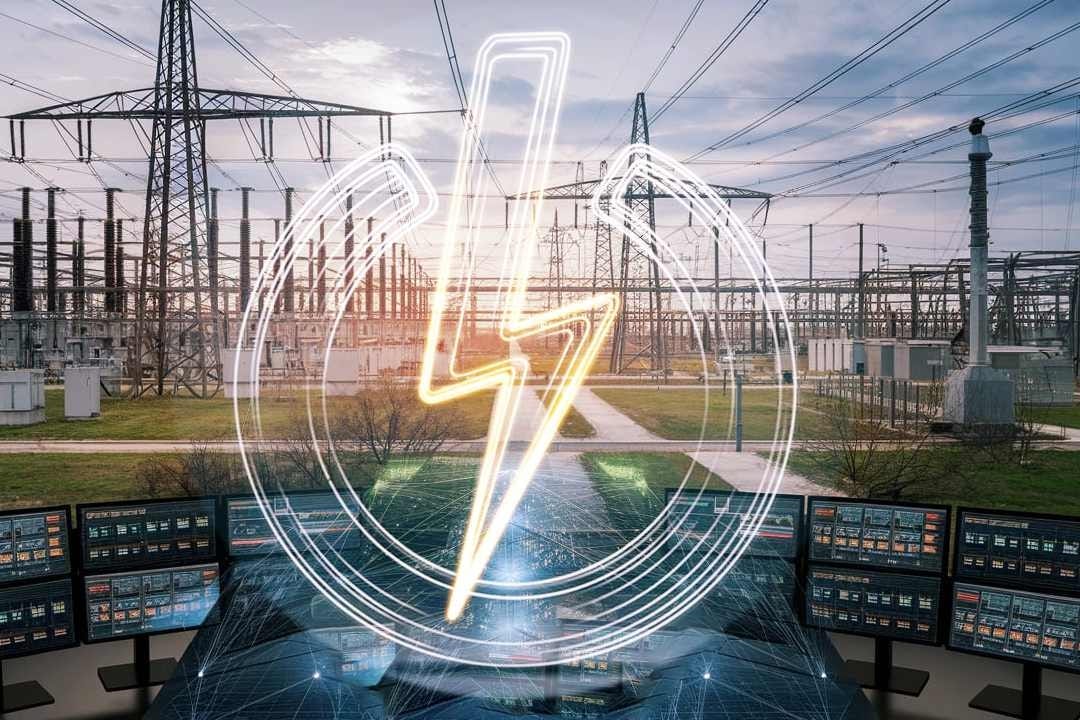In Depth: Virtual Power Plants Turn Energy Savings Into Cash for China’s Industrial Users
VPPs are seen as the future of the energy industry as investors plug into the next potential unicorn
VPPs promise to reshape China’s energy market by grouping together decentralized resources and using them to help balance supply and demand. Photo: AI integrated
Imagine being paid hundreds of dollars a day just to tweak your energy consumption — using less electricity at night and more during the day. For a casting and smelting company in Shanxi province, this idea became reality.
By joining a virtual power plant (VPP) network, the company raked in a cumulative 1.4 million yuan ($200,000) over the past year, earning about 4,000 yuan a day while cutting its annual electricity bill by 4 million yuan.
This is the power of VPPs, which promise to reshape China’s energy market by grouping together decentralized resources and promoting sustainable practices.
Unlike traditional power plants, VPPs do not generate electricity or require physical infrastructure. Instead, they rely on internet technologies to manage and optimize power loads from resources such as energy storage, air conditioning, lighting and electric vehicle (EV) charging stations. These resources are then used to help balance supply and demand.
For the grid, VPPs function much like traditional power plants, ensuring a stable balance between electricity supply and demand. As new energy sources such as solar and wind power become more integrated into China’s energy mix, managing their inherent volatility presents a challenge. VPPs tackle this by tapping into those user-side resources to smooth out demand peaks, promoting a more consistent usage of renewable energy during off-peak hours.
Keep reading with a 7-day free trial
Subscribe to Caixin Global China Watch to keep reading this post and get 7 days of free access to the full post archives.




